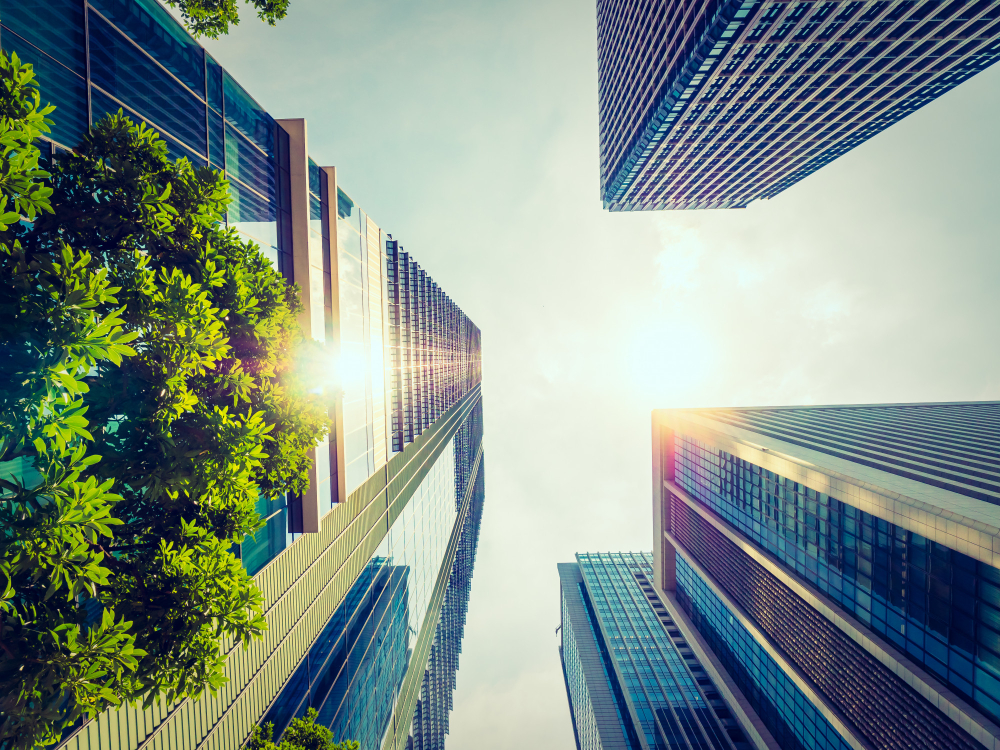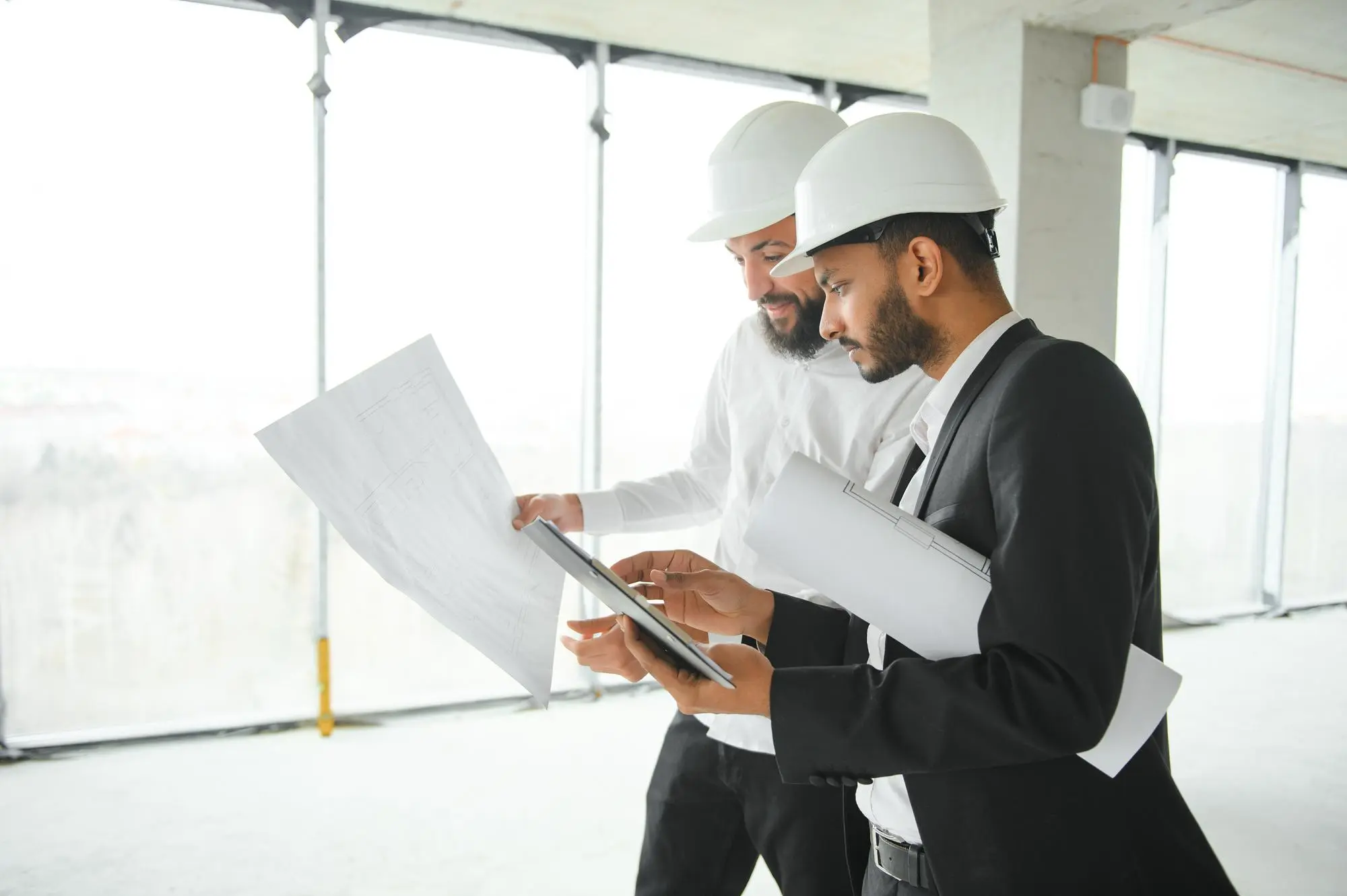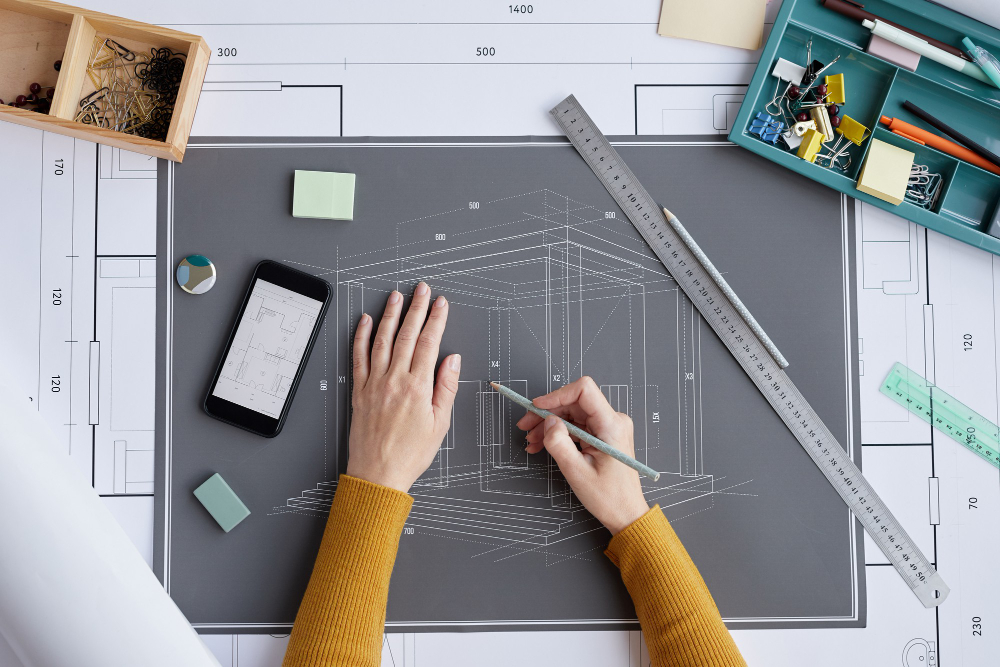In today’s rapidly evolving construction landscape, structural engineering design plays a pivotal role in shaping not just how buildings look, but how they perform, endure, and coexist with their environments. In regions like the UAE, where architectural ambition meets environmental challenges, the responsibility of structural engineers extends beyond calculations and blueprints. It includes ensuring safety, resilience, and sustainability at every stage of development.
This blog explores how modern structural engineering design safeguards lives while contributing to a more sustainable future.
1. Designing for Structural Integrity and Public Safety
At its core, structural engineering is about protecting lives. Every beam, column, and joint is designed to resist loads — from the weight of the building itself to external forces like wind, earthquakes, or even explosions. A strong structural design ensures that buildings can stand tall during normal use and withstand extreme events without failure.
In places like the UAE, where high-rise towers and complex geometries dominate the skyline, engineers must work with cutting-edge modeling software, seismic zone classifications, and dynamic load analysis to predict performance under stress. Structural failures are not just costly — they can be catastrophic. That’s why engineers follow strict international and local codes to ensure the highest levels of safety.
2. Materials Selection with Safety and Longevity in Mind
The materials used in structural systems significantly impact both the safety and sustainability of a project. Concrete, steel, and composite materials must be chosen not only for strength, but also for durability and environmental compatibility.
For instance, using high-performance concrete with low permeability helps resist corrosion in coastal areas, a critical concern in Gulf regions. Additionally, engineers now specify recycled or low-carbon materials wherever possible to reduce the environmental footprint of a structure without compromising safety.
3. Integration with Sustainable Building Practices
Sustainability in structural engineering goes beyond choosing eco-friendly materials. It involves designing buildings that are energy-efficient, resource-responsible, and adaptable over time. A structurally sustainable building is one that:
- Uses fewer materials through efficient design
- Reduces operational energy via thermal mass and daylight integration
- Allows for easy maintenance and future repurposing
- Minimizes demolition waste through modular or deconstructable systems
Structural engineers work closely with architects, environmental consultants, and MEP teams to ensure that the building’s frame actively supports the sustainability goals of the project.
4. Resilience to Climate and Environmental Stress
In the face of increasing climate volatility, structural design must anticipate extreme environmental conditions. From sandstorms and heatwaves in desert regions to the growing risks of flooding and sea level rise, engineers must ensure structures can adapt and remain functional.
By incorporating resilience into their design — such as elevated foundations, corrosion-resistant materials, and flexible load paths — structural engineers help communities prepare for future environmental challenges without constant repairs or rebuilds.
5. Leveraging Technology for Smarter, Safer Design
Today’s structural engineers have access to powerful tools such as Building Information Modeling (BIM), parametric design, and real-time simulation software. These tools enable precise predictions of structural behavior under various scenarios, helping teams identify weak points and improve efficiency before construction begins.
Additionally, digital twins and IoT sensors embedded into modern structures allow for ongoing monitoring, ensuring the building continues to perform safely over time. This proactive approach leads to more sustainable lifecycle management and safer long-term outcomes.
6. Compliance with Global and Local Standards
To ensure both safety and sustainability, structural engineering design must align with stringent building codes, whether it’s the International Building Code (IBC), Eurocodes, or local standards set by UAE authorities like Dubai Municipality or ADM. Top engineering firms not only meet these standards, they exceed them, applying best practices from around the world to deliver structures that are both compliant and future-proof.
So,
A building is only as safe and sustainable as its structure allows. Through careful planning, material efficiency, digital modeling, and a deep understanding of environmental conditions, structural engineering design ensures that buildings do more than just stand, they endure, adapt, and support the planet.
At Firas Engineering Consultancy, structural safety and sustainability are the cornerstones of every project we take on. With decades of experience across the UAE and thousands of successful projects, we design structures that protect people, preserve resources, and push boundaries.
Looking for a structural design partner who prioritizes safety and sustainability?
Let’s connect and build something that lasts.







